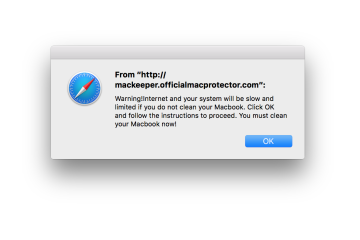In today’s digital age, your website is more than just a virtual storefront—it’s a bustling online destination where users trust you with their sensitive information. Imagine this scenario: You’re running a popular e-commerce site, and without the right security measures, it’s like leaving the front door wide open. This is where Content Security Policy (CSP) steps in as your vigilant bouncer, ensuring only authorized scripts enter your digital space.

Understanding CSP: Your First Line of Defense
Think of CSP as the bouncer at an exclusive club. It’s a security measure that restricts which resources—like scripts and images—your website can load. Without it, malicious attackers could slip in with harmful scripts, hijacking sessions or stealing data. During penetration tests, experts check if your CSP is doing its job, ensuring no vulnerabilities are left unchecked.
The Silent Threat: Weak CSP Policies
A weak CSP policy is like having a bouncer who’s easily tricked. Attackers can inject malicious scripts, execute code injections, and steal sensitive information. Common issues include missing headers or overly permissive policies that allow inline scripts, making XSS attacks easy to carry out. For instance, if your site lacks a CSP header, it’s an open invitation for trouble.
Building Your Security Strategy: Implementing CSP
To fortify your digital fortress, start by implementing CSP in report-only mode—a test phase where potential issues are flagged without blocking resources. This allows you to identify and fix any breakages before full enforcement. Here’s a simple example of how it works:
Content-Security-Policy-Report-Only: default-src 'self'; script-src 'self' trusted-cdn.com; report-uri /csp-report-endpoint/Once tested, enforce a stricter policy to ensure only trusted resources are loaded.
Testing and Monitoring for Robust Security
After setting up CSP, it’s crucial to test regularly. Use browser tools like Chrome DevTools to check blocked resources and verify your policy with commands such as:
curl -H "Content-Security-Policy: ..." https://your-site.comSet up a reporting endpoint to log violations, ensuring you stay proactive in maintaining security.
Continuous Improvement: Staying Ahead of Threats
Security isn’t static. Regularly review and update your CSP policy as your site evolves. Avoid unsafe directives like eval or innerHTML, and use nonces for inline styles. By continuously monitoring and refining your strategy, you ensure that your digital fortress remains impenetrable.
Conclusion: Secure Your Digital Assets
A robust CSP is vital in safeguarding against XSS attacks and other injection threats. Start with report-only mode to test without disruption, enforce strict policies post-testing, and monitor violations for ongoing protection.
Ready to enhance your web security? Our experts are here to help you build a resilient digital fortress. Contact us today for a consultation and protect your online assets from cyber threats.


0 Comments